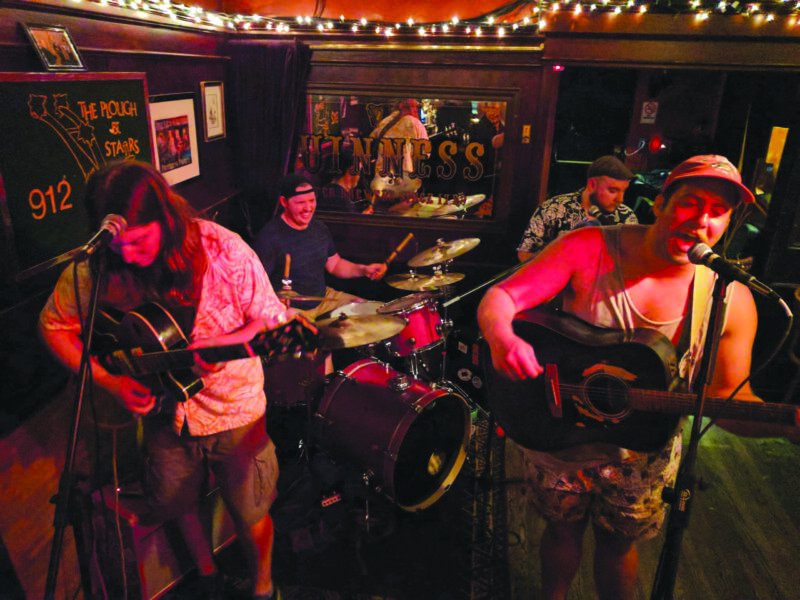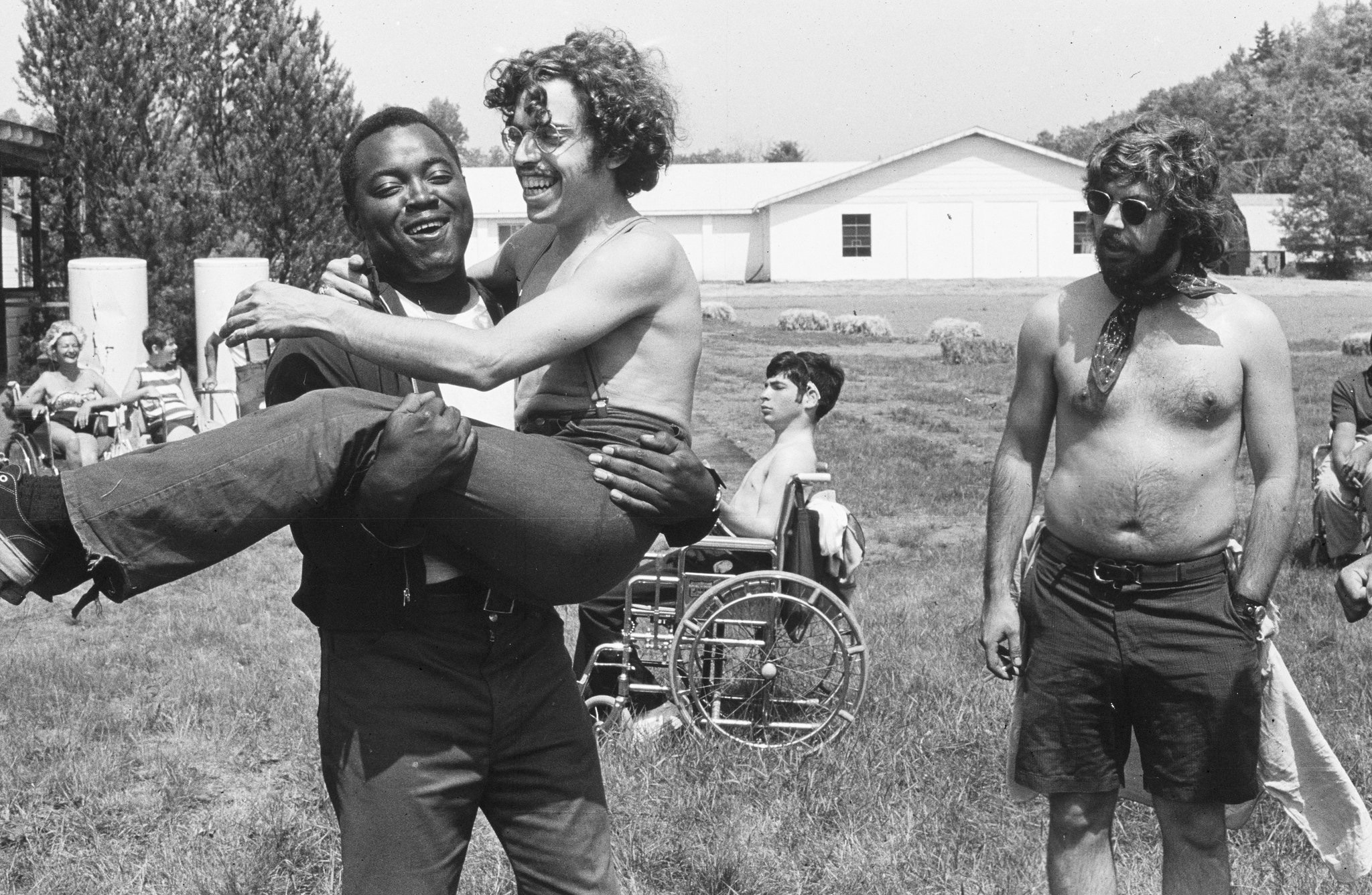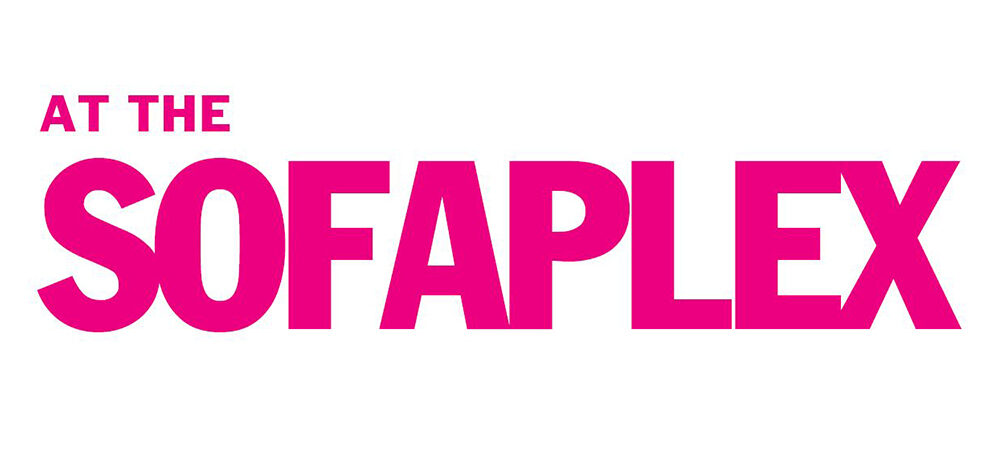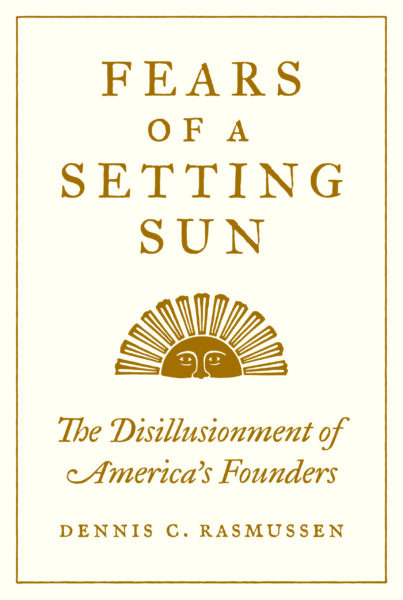Fears of a Setting Sun, by Dennis C. Rasmussen (Princeton University Press, 232 pages)
Until recently, many Americans looked at the founding fathers with the misty eyes of lovers, believing that they were good and upright men who linked arms and created a Constitutional Eden. It was John Adams, after all, who wrote that the Fourth of July should be a “great anniversary festival … solemnized with pomp and parade, shews, games, sports, guns, bells, bonfires and illuminations from one end of this continent to the other.”
Which raises two questions. First: shews? (It was how they spelled “shows” back then.) And second: What happened to that enthusiasm in the ensuing decades?
The eventual disillusionment of the founders has been hinted at but not fully examined before now, according to Dennis C. Rasmussen, a political scientist at Syracuse University (formerly of Tufts, Brown and Bowdoin) who takes on the task in Fears of a Setting Sun.
Drawing on the work of other scholars, as well as the writings of the founders themselves, Rasmussen discovered that George Washington, Alexander Hamilton, Thomas Jefferson and even the pomp- and parade-loving Adams were deeply pessimistic about the republic surviving more than a generation or two. In fact, Rasmussen writes, some deemed the political system they engineered an “utter failure.”
This is disturbing enough on its face, but their loss of faith was made worse by the fact that these men and their peers saw the American experiment as something of import for the world, not just 13 ragtag colonies. In his first inaugural address, Washington said that “the preservation of the sacred fire of liberty and the destiny of the Republican model of government” depended on what the American people did with their representative democracy.
Of all the founders, Washington perhaps can most easily be forgiven a sour attitude. He wasn’t a particularly enthusiastic participant at the Constitutional Convention, where he sat for six hours a day for four months in a mahogany chair engraved with half a sunburst. He didn’t particularly want to be president either, not for one term, and definitely not for two. (The shortness of his second inaugural address — 135 words — was evidence that, at that point, he just wanted to finish the job and go home to his farm.)
It is surprising, however, to learn why he was so convinced America would fail. The republic was doomed, Washington believed, because of partisanship. That’s not an unusual position to take today; more so for 1792. Blame Jefferson and Hamilton, who Rasmussen says had never met before they accepted positions in Washington’s administration, but who quickly became the Pelosi-Trump of their day, with animosity that was “deep-seated and distinctly personal.”
“Hamilton was (and is) often regarded as champion of the economic elite while Jefferson self-consciously cast himself as the apostle of humble farmers, yet Jefferson was a rich, well-connected slaveholder who looked down on Hamilton — a self-made immigrant — as a presumptuous upstart seeing to exalt himself above his proper station,” Rasmussen writes.
Jefferson, alas, has not had a Broadway musical made of his life to curry popular favor, and he’s in the process of being canceled. A Virginia school has changed its name; for now, his memorial in Washington still stands, amid some calls for its removal because he owned slaves and opposed immediate emancipation, although he considered slavery a moral evil, Rasmussen says.
Washington, Hamilton, Adams and Jefferson all had different reasons for this gloomy outlook on America’s future. Hamilton, who championed a central bank and a strong federal government, thought the Constitution did not give enough power to federal institutions. Adams came to believe that the American people were not virtuous enough to live up to the responsibilities of self-governance. And the initial enthusiasm of Jefferson was dimmed by growing conflict between the Northern and Southern states.
And they weren’t the only ones, Rasmussen writes, calling the list of disillusioned founders “startling” in size, to include Samuel Adams, Elbridge Gerry, Patrick Henry, John Jay, John Marshall, George Mason, James Monroe , Benjamin Rush and Thomas Paine.
But Rasmussen concludes on a happy note: James Madison. The fourth president, who was the first high-profile party switcher (going from an arch-Federalist in the 1780s to an arch-Republican a decade later), was bullish on the fledgling nation’s prospects. This was, in part, because he was by nature a sunny optimist, not prone to fits of despair when confronted by challenges. Moreover, Rasmussen writes in an unintentionally funny line, Madison had “lower expectations than most of the other founders regarding what was politically possible, and he pointedly refused to let the perfect be the enemy of the good.”
In other words, when trouble looms, lower your standards. Sounds like a prescription for some of our politicians today.
Ben Franklin took note of the half-sun emblazoned on the mahogany chair in which George Washington sat at the Constitutional Convention, and mused that for much of the deliberation, he couldn’t tell whether it was rising or setting. Eventually, he said, “I have the happiness to know that it is a rising and not a setting sun.”
Rasmussen chose a fitting image to build his story around, and in light of America today, still grappling with many of the issues that troubled the founders, the question of whether the sun is rising or setting on America is still up for debate. His book, while a bit too erudite for the average American reader, is a compelling addition to scholarship on the nation’s founding, as well as prescient comment on the political climate of today. B
BOOK NOTES
It’s April. Do you know where your new year’s resolutions are?
Behavioral scientists say most of us abandoned them in February, which may be why spring brings forth a fresh crop of advice books so we can begin anew the Sisyphean task of self-improvement.
Notable this month in the genre are new titles from people who have previously given advice: Jordan Peterson and Dana Perino.
Peterson, the Canadian psychologist who gave us 12 Rules for Life(Penguin Random House, 370 pages) in 2018, is back with Beyond Order, 12 More Rules for Life (Portfolio, 432 pages). Although his first book was successful to the point of parody, Peterson has become so controversial that it was reported that Penguin Random House employees in Canada were literally weeping when they learned their employer would publish his next book. Reviews on this one seem to be split along party lines. The Guardian calls it a “ragbag of self-help dictums.” The Daily Signal says the new book “could not be more relevant today.”
Another somewhat partisan offering is Perino’s Everything Will Be Okay: Life Lessons for Young Women (From a Former Young Woman) (Twelve, 240 pages). Although nowhere near as controversial as Peterson, Perino is a Fox News personality who came to fame as former President George W. Bush’s press secretary. This is her third book and expands on life advice she offered in her first book, 2015’s And the Good News Is … (Twelve, 256 pages). While it’s currently No. 1 in women’s studies on Amazon, there is no dog on the cover this time, so it may not get the attention that her second book got. That one was Let Me Tell You About Jasper, and it was a book entirely about her dogs and dog-related advice. In another generation, that might be comical, but who among us could not write 200 pages onLet Me Tell You About (Fill in the name of your pet)?
Also of note in books of advice:
Self-help guru Nicole LePera, known to her Instagram followers as the holistic psychologist, is selling a lot of How to Do the Work (Harper Wave, 320 pages), despite eye-rolling reviews from detractors who consider her a quack.
And I’m personally excited for Greg McKeown’s Effortless, due out the last week of the month (Currency, 272 pages). McKeown was widely praised for Essentialism, which came out in 2014 (and was re-released in paperback in December). In the first book (which we gave an A), McKeown helped us define the essential work of our life; in the new one, he promises to make its execution a breeze.
Books
Author events
• SCOTT WEIDENSAUL Author presents A World on the Wing. Tues., April 20, 7 p.m. The Music Hall, Historic Theater, 28 Chestnut St., Portsmouth. Tickets cost $46. Visit themusichall.org or call 436-2400.
• ERIN BOWMAN Author presents Dustborn. Hosted by Gibson’s Bookstore in Concord. Virtual, via Zoom. Tues., April 20, 7 p.m. Registration required. Visit gibsonsbookstore.com or call 224-0562.
• SARA DYKMAN Author presents Bicycling with Butterflies: My 10,201-Mile Journey Following the Monarch Migration. Hosted by Gibson’s Bookstore in Concord. Virtual, via Zoom. Wed., April 21, 7 p.m. Registration required. Visit gibsonsbookstore.com or call 224-0562.
• BILL BUFORD Author presents Dirt: Adventures in Lyon as a Chef in Training, Father, and Sleuth Looking for the Secret of French Cooking. Hosted by The Music Hall in Portsmouth. Virtual. Wed., April 28, 7 p.m. Tickets cost $5. Visit themusichall.org or call 436-2400.
• SUZANNE KOVEN Author presents Letter to a Young Female Physician, in conversation with author Andrew Solomon. Hosted by The Music Hall in Portsmouth. Tues., May 18, 7 p.m. Virtual. Tickets cost $5. Visit themusichall.org or call 436-2400.
Book Clubs
• BOOKERY Online. Monthly. Third Thursday, 6 p.m. Bookstore based in Manchester. Visit bookerymht.com/online-book-club or call 836-6600.
• GIBSON’S BOOKSTORE Online, via Zoom. Monthly. First Monday, 5:30 p.m. Bookstore based in Concord. Visit gibsonsbookstore.com/gibsons-book-club-2020-2021 or call 224-0562.
• TO SHARE BREWING CO. 720 Union St., Manchester. Monthly. Second Thursday, 6 p.m. RSVP required. Visit tosharebrewing.com or call 836-6947.
• GOFFSTOWN PUBLIC LIBRARY 2 High St., Goffstown. Monthly. Third Wednesday, 1:30 p.m. Call 497-2102, email elizabethw@goffstownlibrary.com or visit goffstownlibrary.com
• BELKNAP MILL Online. Monthly. Last Wednesday, 6 p.m. Based in Laconia. Email bookclub@belknapmill.org.
• NASHUA PUBLIC LIBRARY Online. Monthly. Second Friday, 3 p.m. Call 589-4611, email information@nashualibrary.org or visit nashualibrary.org.
Poetry
• READINGS AND CONVERSATIONS WITH GRANITE STATE POETS Part of National Poetry Month in New Hampshire. Virtual. Weekly, Monday, 7 p.m., through April. Featuring Martha Carlson-Bradley and Liz Ahl, April 12; Rodger Martin and Henry Walters, April 19; and New Hampshire Poet Laureate Alexandria Peary and Margot Douaihy, April 26. Registration required. Visit newhampshirepoetlaureate.blogspot.com and hobblebush.com/national-poetry-month.
Featured photo: Fears of a Setting Sun






